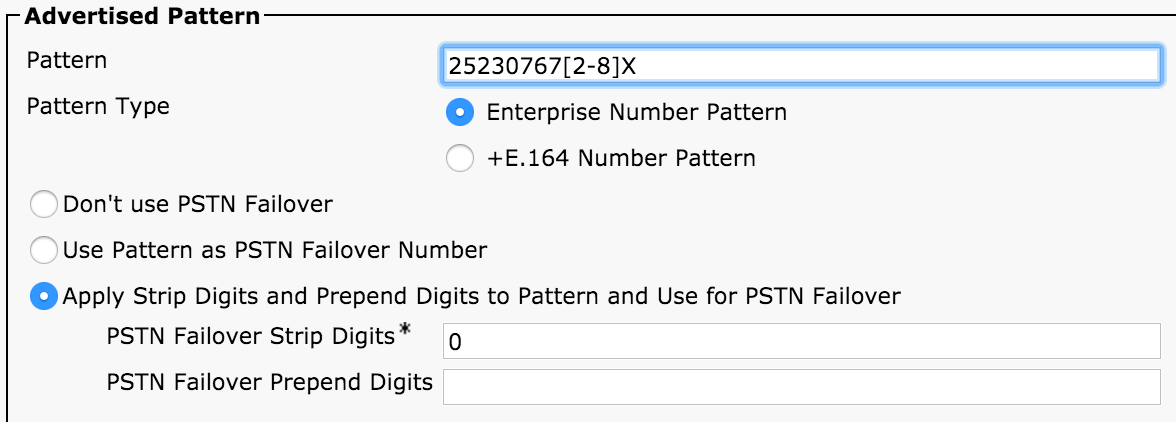The need to share dial plan information between multiple call control nodes has been around since gatekeeper, but I find the latest iteration, GDPR, particularly smooth.
Gatekeeper had its downsides: additional hardware costs, lack of URI or +E164 support, and reliance on H323 protocol. CUCM 8 introduced CCD (Call Control Discovery) using SAF (Service Advertisement Framework), but since it required end-to-end EIGRP and a complex configuration, I’ve never known anyone to actually use it. With CUCM 9 came Intercluster Lookup Service (ILS) I did a write up on a year or so ago. The first iteration only supported URIs but was onto something. ILS adds a route string to the database, which tags Directory URIs on each node. Route strings use sip route patterns as opposed to traditional route patterns to dynamically route.
GDPR is simply the addition of numbers and patterns tagged with a route string in ILS. GDPR is supported in CUCM 10+ and uses the following new system partitions:
Directory URI: As soon as the directory number is associated to the end user, this becomes the primary URI on the directory number page.


Global Learned E164 Numbers / Global Learned Enterprise Numbers:
On the directory number page, two new fields “add enterprise alternate number” and “add +E164 alternate number” have been added. Simply check “Advertise Globally via ILS” and these numbers will show up on ILS neighbor clusters as “Global Learned Enterprise Numbers” or “Global Learned E164 Numbers”

Global Learned E164 Patterns / Global Learned Enterprise Patterns:
Under Call Routing, a new option “Global Dial Plan Replication” has been added. Advertised Patterns is where you can add entire patterns you want to advertise. I find this is easier to manage rather than advertising each number individually; although its nice to have that granularity, it’s usually not necessary.

To view learned Numbers, Patterns, and Directory URIs, you can find these under “Global Dial Plan Replication” and “View…“, or you can run a traditional route plan report. This is much improved to the “utils ils lookup” needed with CUCM 9.
